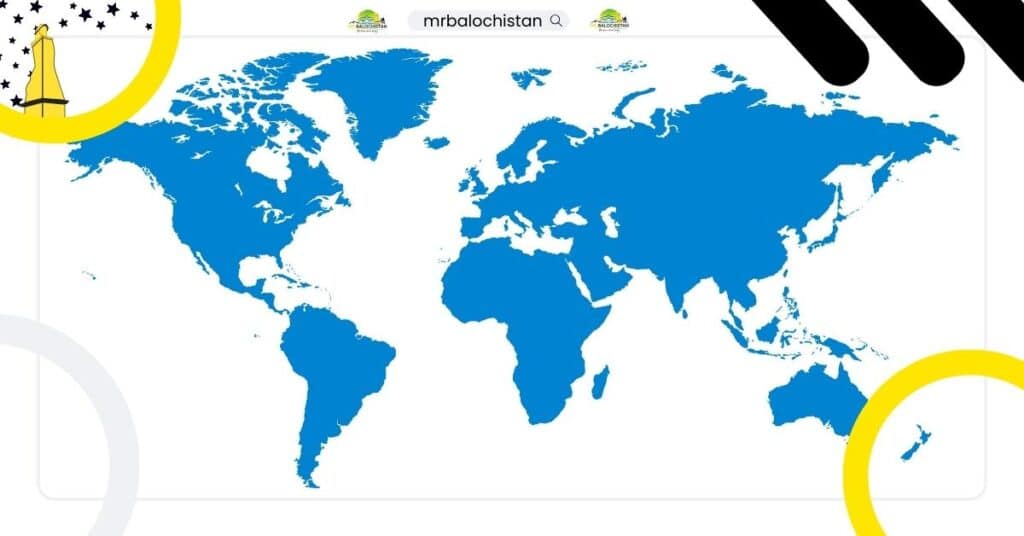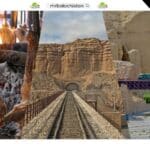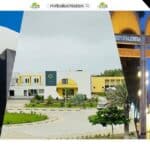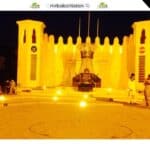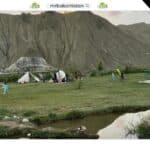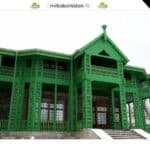Balochistan, Pakistan’s largest province, is a land of stunning landscapes, rich history, and diverse cultures. This vast region is administratively divided into various divisions, each with its unique characteristics, traditions, and natural beauty. Explore the administrative 8 divisions of Balochistan.
Table of Contents
Introduction to Balochistan
Before we delve into the total divisions of balochistan, let’s take a moment to appreciate the grandeur of Balochistan itself. It’s a province known for its rugged mountains, arid deserts, and a rich cultural tapestry that has been woven over centuries. Balochistan shares borders with Iran and Afghanistan, making it a strategically important region. Now, let’s break down the province into its divisions of balochistan.
Quetta Division – Divisions of Balochistan
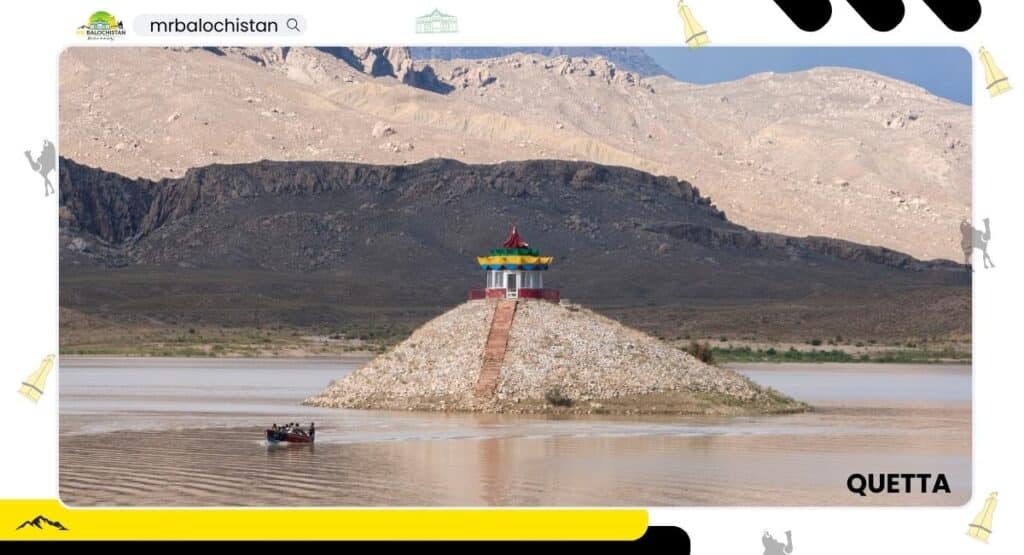
On the 14th of October 1955, a significant administrative milestone was achieved in the province of Balochistan, as Quetta was officially designated as an Administrative Division, now known as Quetta Division. This division encompasses four distinct districts: Quetta, Pishin, Kila Abdullah, and Chaman, each contributing to the vibrant tapestry of this region’s culture and landscape. Among the entire group of Divisions in Balochistan, Quetta is an essential inclusion.
As of the 2017 census, Quetta Division was home to a diverse population of 4,170,194 individuals, comprising 2,181,934 males and 1,987,906 females. Within this mosaic of diversity, Quetta Division boasted a rich tapestry of religious beliefs, with 8,585 Hindus, 4,132,257 Muslims, 26,375 Christians, along with 1,420 Ahmadi adherents and 1,557 individuals belonging to various other faiths, all coexisting harmoniously. Among the complete set of Divisions in Balochistan, Quetta is a pivotal part.
The city of Quetta itself, the jewel in the crown of Quetta Division, stands as the tenth most populous city in Pakistan, with a thriving population exceeding 1.1 million. Nestled in the southwestern corner of the country, close to the international border with Afghanistan, Quetta serves as the capital of Balochistan, where it reigns as the largest city. The quality of life differs notably across the Divisions of Balochistan.
Quetta Division is an amalgamation of diverse districts, each with its unique character and offerings:
- Quetta: The provincial capital, known for its bustling markets, historical sites, and vibrant culture.
- Pishin: A district with a rich agricultural tradition, contributes to the province’s food production.
- Kila Abdullah: A region steeped in history, with ancient forts and a unique cultural heritage.
- Chaman: Known for its strategic location near the Afghanistan border and its vibrant cross-border trade.
Zhob Division
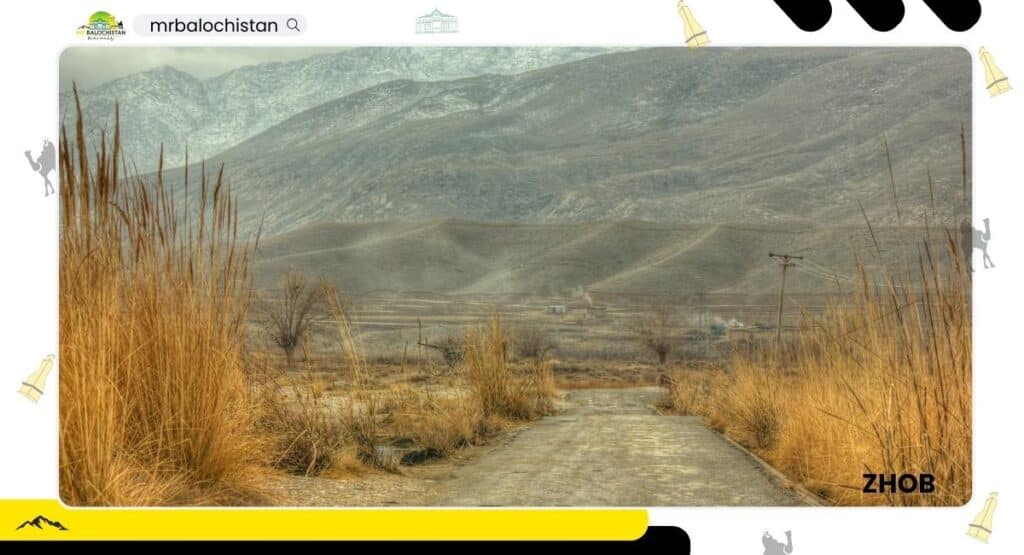
Zhob Division, situated in the northwest of Balochistan, is a region steeped in history and cultural significance. Before the British invasion, it was known as Appozai. However, during the colonial era, it was renamed Fort Sandeman in honor of Sir Robert Sandeman, a prominent British colonial administrator. In 1890, it was officially granted district status.
The division is home to several significant tribes, including the Kakar, Mandokhail, Sherani, and Harifal. The predominant language spoken by the inhabitants is Pashto.
Zhob Division serves as an administrative division within Balochistan Province. Its establishment as a separate division occurred in 1988 when it was split from the Quetta division. It’s important to note that between 2000 and 2008, it was temporarily abolished but later reinstated. Zhob is an integral component among the total Divisions of Balochistan.
Within Zhob Division, you’ll find the following districts:
- Zhob District: This district is not only historically rich but also plays a crucial role in the division’s cultural tapestry.
- Killa Saifullah District: Known for its unique character and contributions to the division.
- Sherani District: This district is an integral part of Zhob Division, offering its own distinct charm and cultural heritage.
Zhob Division, with its historical significance and diverse districts, is a region of Balochistan that invites exploration and offers a glimpse into the rich history and traditions of the area.
Nasirabad Division
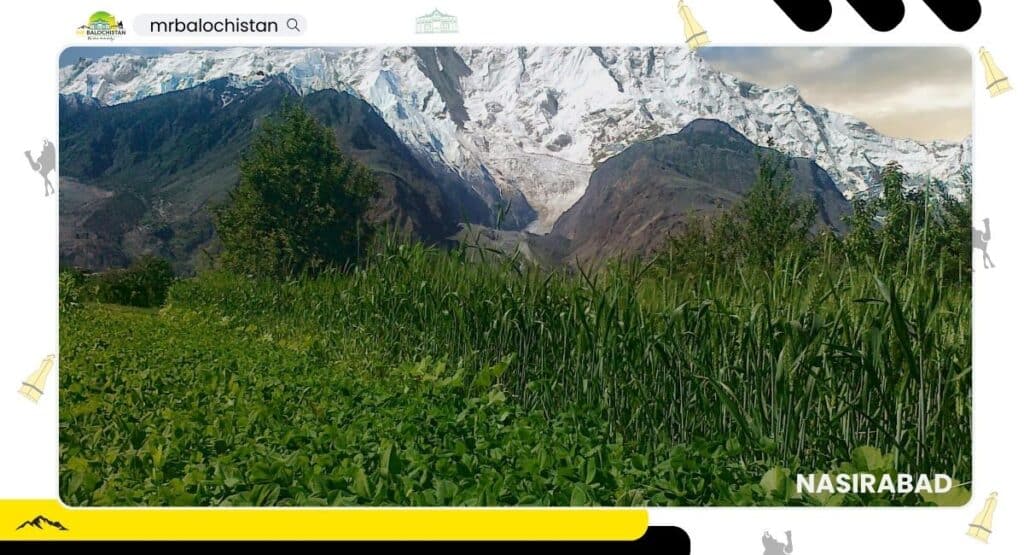
Naseerabad Division is a significant administrative area within Balochistan Province, Pakistan. What sets it apart is that it’s the only division in Balochistan dedicated to irrigation and agriculture. This division plays a crucial role in connecting Balochistan with the neighboring province of Sindh.
Naseerabad Division came into existence in 1987 when it was created by splitting off from the larger Sibi Division. The division’s headquarters are located in the city of Dera Murad Jamali. Nasirabad’s historical landmarks add depth and character to the Divisions of Balochistan.
This division is made up of six districts, each with its unique character and contributions:
- Naseerabad District: At the heart of the division, Naseerabad District serves as a central hub for administrative and agricultural activities.
- Jaffarabad District: Known for its agricultural prowess, Jaffarabad is a vital part of Balochistan’s food production.
- Kachhi (Bolan) District: This district plays a significant role in the division’s irrigation and agricultural activities, with Bolan being a prominent city within it.
- Jhalmagsi District: A region known for its natural beauty and landscapes.
- Sohbatpur District: Contributing to the division’s agricultural endeavors.
- Usta Muhammad District: Known for its cultural heritage and local traditions.
Naseerabad Division, with its focus on agriculture and its diverse districts, is a region of Balochistan that showcases the importance of irrigation and farming in the province’s development. Nasirabad’s role in agricultural production significantly supports the economy of the Divisions of Balochistan.
Kalat Division
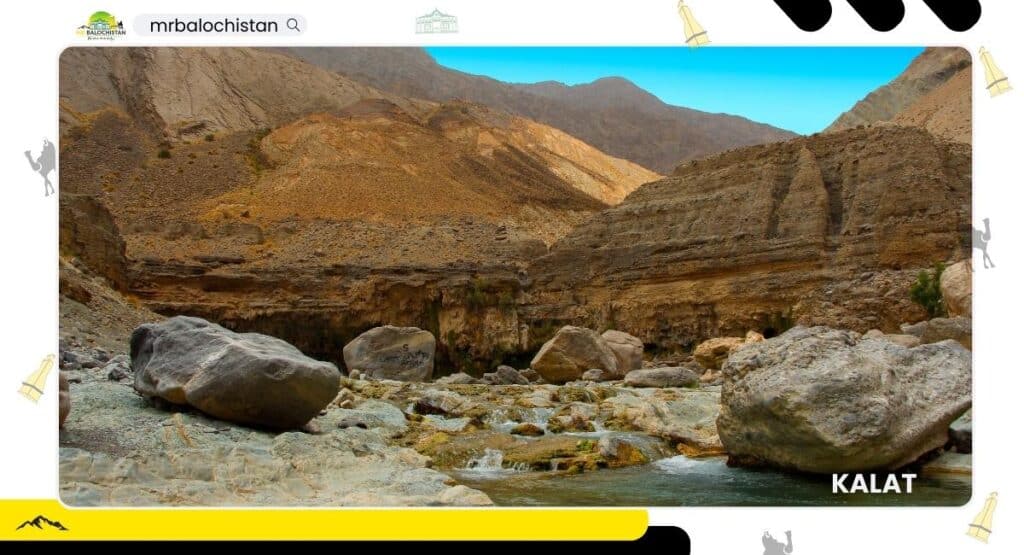
In 1955, Kalat was officially designated as a division, with its headquarters later established in Khuzdar in 1965. Covering a vast land area of 89,982 square kilometers, Kalat Division is not only larger than Khyber Pakhtunkhwa (KPK) but also nearly equivalent in size to the entire Sindh province. To put it in perspective, Kalat Division represents one-fifth (1/5) of Pakistan’s total landmass.
With a population of 2,176,872 according to the 2017 Census, Kalat Division is home to a diverse tapestry of cultures, featuring the rich traditions of three vibrant communities: Brahvi, Sindhi, and Balochi. Kalat’s cultural heritage is an intrinsic part of the identity of the Divisions of Balochistan.
This captivating division is comprised of seven distinct districts, each with its unique charm and character:
- Mastung: A district offering a blend of history and natural beauty, attracting those eager to explore its scenic landscapes.
- Kalat: A region steeped in history, known for its ancient forts and cultural heritage.
- Surab: A place where the modern world meets traditional values, offering a unique glimpse into the fusion of past and present.
- Khuzdar: The division’s headquarters, a bustling hub with a mix of urban amenities and rural charm.
- Awaran: A district known for its rugged terrain and natural wonders, attracting adventurers and nature enthusiasts.
- Lasbela: Home to the coastal beauty of Balochistan, with its pristine beaches and maritime culture.
- Hub: A strategic district serving as a gateway to Balochistan’s economic and industrial activities.
Makran Division
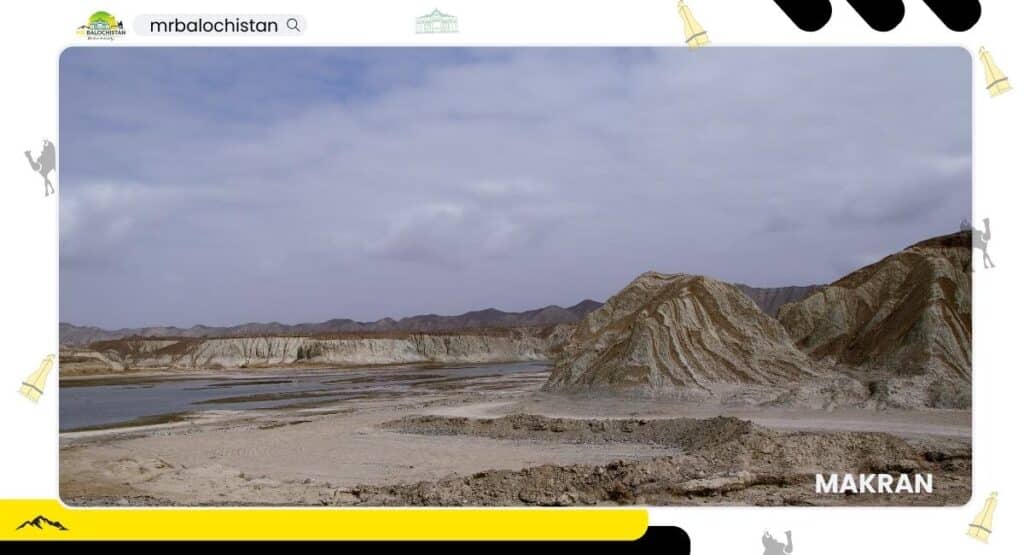
In the 18th century, the sardars of Makran came together to establish the state of Makran. This state remained independent until 1948 when, on the 17th of March, Makran became part of Pakistan. Later, on the 3rd of October 1952, it joined forces with Kalat, Kharan, and Lasbela to create the Baluchistan States Union. However, the last ruler of the Princely State of Makran, upon joining Pakistan, chose not to accept Kalat’s authority and instead opted to merge with the newly formed Muslim State of Pakistan.
On the 14th of October 1955, the state was dissolved as most regions of the western part of Pakistan were united to establish the province of West Pakistan. When this province was dissolved in 1970, the territory once known as the state of Makran was reorganized as Makran District, later becoming Makran Division within the province of Baluchistan (which was later changed to Balochistan).
The majority of the province’s population consisted of Baloch tribes, with other communities such as the Brahui (who are culturally similar to the Baloch), Sindhi, Pashtun, Punjabi, adding to the region’s rich cultural tapestry.
The southern coastal region of Makran Division is famous for its pristine beaches, including Gwadar and Pasni. Gwadar, in particular, has gained international attention due to the deep-sea port and the China-Pakistan Economic Corridor (CPEC) project. The division is a melting pot of Baloch, Pashtun, and Sindhi cultures.
Within the Divisions of Balochistan, Makran boasts a unique blend of cultural practices. Economic significance places Makran prominently among the Divisions of Balochistan.
Sibi Division
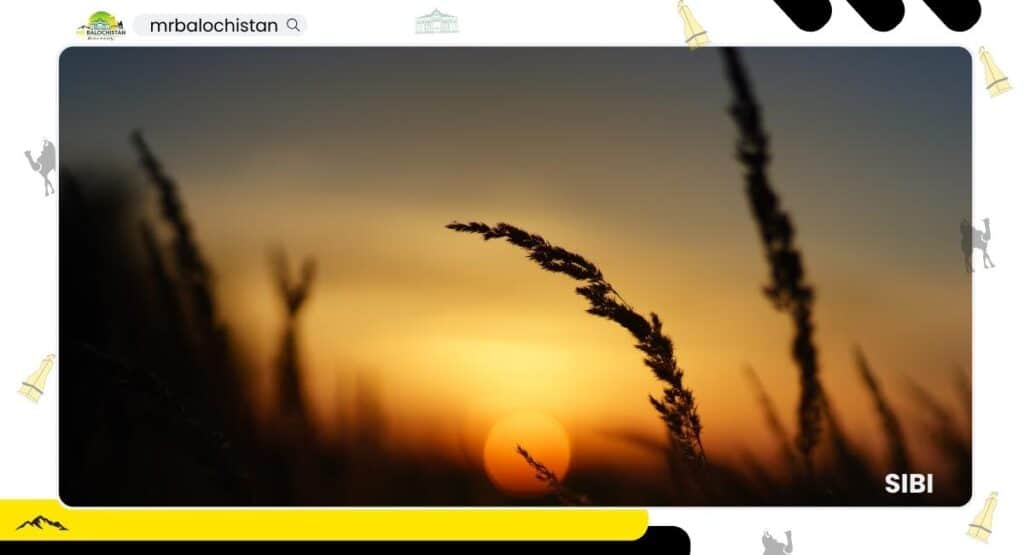
Sibi Division, located in the eastern part of Balochistan, is famous for its annual Sibi Mela. This colorful cultural event showcases the vibrant Balochi traditions, featuring exciting camel races and lively folk music performances. It’s a celebration that brings people together from all around to enjoy the festivities. The historical significance of Sibi Division contributes substantially to the Divisions of Balochistan.
Within Sibi Division, you’ll find some interesting districts:
- Sibi District (created in 1903): This district is at the heart of the division and has a rich history and cultural significance.
- Kohlu District (established in 1974): Known for its unique character and contributions to the division.
- Dera Bugti District (founded in 1983): A district with its own distinct charm and heritage.
- Ziarat District (formed in 1986): Known for its scenic beauty and historical sites.
- Harnai District (established in 2007): Adding to the division’s diversity.
According to the 2017 census, Sibi Division had a population of 963,941 people, including 506,028 males and 457,852 females. Among the residents, you’ll find a variety of communities, including Hindus, Muslims, Christians, as well as scheduled castes and others, all coexisting harmoniously in this culturally rich region. Sibi Division’s historical heritage contributes substantially to the narrative of the Divisions of Balochistan.
Rakhshan Division
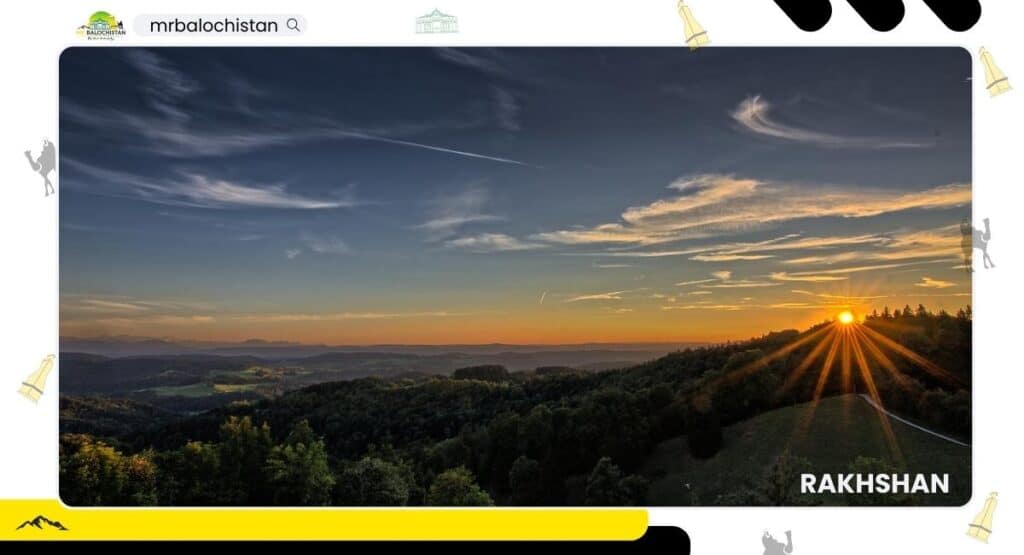
In 2015, the Balochistan Assembly came together and unanimously passed a resolution. Their goal? To create a new division within the province. This division would be made up of the districts of Nushki, Chagai, Kharan, and Washuk, which were previously part of the Quetta and Kalat divisions. The dream of a new division became a reality when Rakhshan Division was officially established on the 17th of May 2017. Rakhshan Division boasts a unique blend of cultural practices within the Divisions of Balochistan.
Let’s take a closer look at the districts that make up Rakhshan Division:
- Chagai District
- Population: 226,517
- Area: 44,748 square kilometers
- Washuk District
- Population: 647,372
- Area: 33,093 square kilometers
- Nushki District
- Population: 178,947
- Area: 5,797 square kilometers
- Kharan District
- Population: 528,335
- Area: 14,958 square kilometers
These districts, now part of Rakhshan Division, each bring their unique character and contributions to this growing region of Balochistan.
Rakhshan Division’s rich cultural heritage resonates deeply within the Divisions of Balochistan. The contributions of Rakhshan Division to agriculture are essential for the economy of the Divisions of Balochistan.
Loralai Division
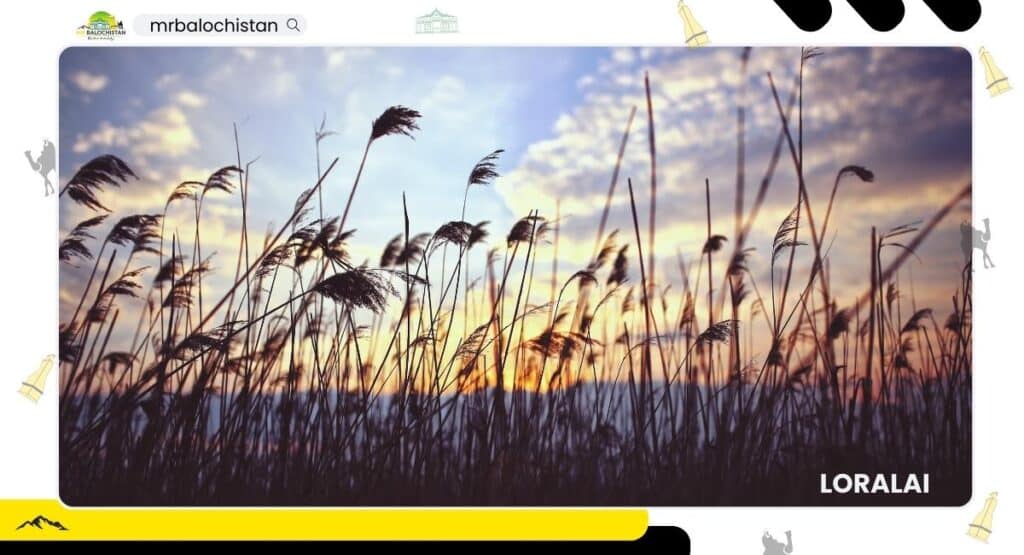
On June 29, 2021, a new division was born in Balochistan, Pakistan, called Loralai Division. This division was carved out from the existing Zhob Division in the same year. Loralai Division comprises four districts: Barkhan, Loralai, Musakhail, and Duki, each with its unique character.
Loralai Division is divided into ten tehsils, which are smaller administrative areas. Here are some major tribes you’ll find in each district:
- In Loralai district, you’ll encounter tribes like Kakar (including Hamzazai, Uthmankhail, Zakhpel, Kudezai, Shabozai, and more), Nasar, and Settlers.
- In Musakhail district, the prominent tribes include Musakhel (including Belkhel and Leharzai), Issot, Zimri, Jaffar, Qaisrani, Buzdar, and Gharshin.
- Moving to Barkhan district, you’ll find the Khetran and Buzdar tribes as the major communities.
- Lastly, in Duki district, you’ll encounter tribes like Nasar, Luni, Tareen, Shadozai, Zarkoon, and Hasni.
Let’s also take a look at the sizes and populations of these districts:
- Loralai district covers an area of 3,848 square kilometers.
- Duki district, according to the 2017 census, has a population of 244,400 people and is divided into 2 tehsils, spanning an area of 4,465 square kilometers.
- Barkhan district, with an area of 3,514 square kilometers, had a population of 171,556 according to the 2017 census and comprises 1 tehsil.
- Duki district, with 4 tehsils, spans an area of 5,727 square kilometers and had a population of 167,017 according to the 2017 census.
Loralai Division is a testament to the growth and development of Balochistan, offering a unique blend of cultures and communities in its diverse districts. Loralai Division boasts a unique blend of cultural practices within the Divisions of Balochistan.
Pros and Cons of Divisions of Balochistan
Total Divisions of Balochistan: Pros and Cons
gains
Rich cultural diversity
Historical significance
Diverse geography and landscapes
Contribution to Balochistan’s identity
Opportunities for tourism and exploration
losses
Infrastructure challenges
Limited access to resources
Educational disparities
Security concerns
Water scarcity and agricultural challenges
Conclusion
In conclusion, Divisions of Balochistan offer a glimpse into the province’s rich tapestry of culture, history, and natural beauty. Each of the Divisions of Balochistan boasts its own unique essence. From the bustling city of Quetta to the coastal charm of Gwadar, each division has its unique allure. Balochistan is not just a region; it’s a mosaic of diverse landscapes and communities, waiting to be explored by those who seek adventure and cultural immersion. So, pack your bags and embark on a journey through the divisions of Balochistan, where every corner reveals a new facet of this extraordinary province. The strategic location of these Divisions fosters trade and connectivity within the Divisions of Balochistan.

